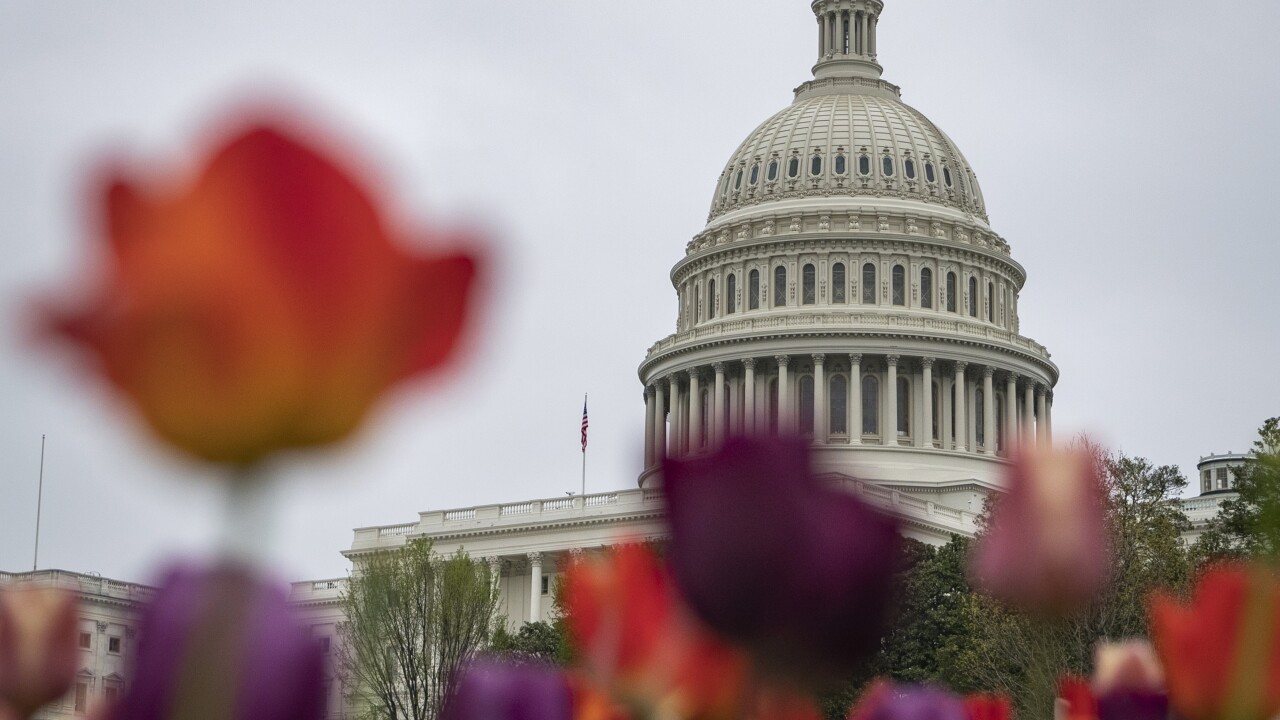Artificial intelligence
Artificial intelligence
-
ECGS urges investors to oust the chairman and three executives; financial companies using AI to help adults manage their elderly parents’ finances.
May 9 -
A digital challenger bank is relying heavily on artificial intelligence to provide low-cost banking to low-income people and small businesses.
May 8 -
Cushion uses AI to help consumers negotiate refunds of overdraft and other fees. But it argues there's a bank play in its technology if bankers take the long view.
May 7 -
Using AI to verify receipts alleviates the need for auditors to aimlessly review every single receipt submitted within an expense report, says Travis Andrade, a senior product manager at AppZen.
May 7 -
In his first extensive interview since taking the job this year, Javier Rodriguez Soler talks about banking as a service, how to keep customers happy and where he sees AI and other tech innovations heading.
May 6 -
Here are seven startups that received multimillion-dollar venture capital investments in recent weeks to accelerate the development of banking products and services.
May 1 -
The North American banking giant is making a gradual yet concerted effort to migrate applications to Microsoft’s cloud, but there are still sensitive operations and pieces of data that it’s holding back on for now.
May 1 -
Government officials must address the policy questions raised by the use of artificial intelligence in credit decisions.
May 1 -
-
Failure to recognize the importance of artificial intelligence, mobile banking and other evolving technology would be a serious misstep.
April 30











